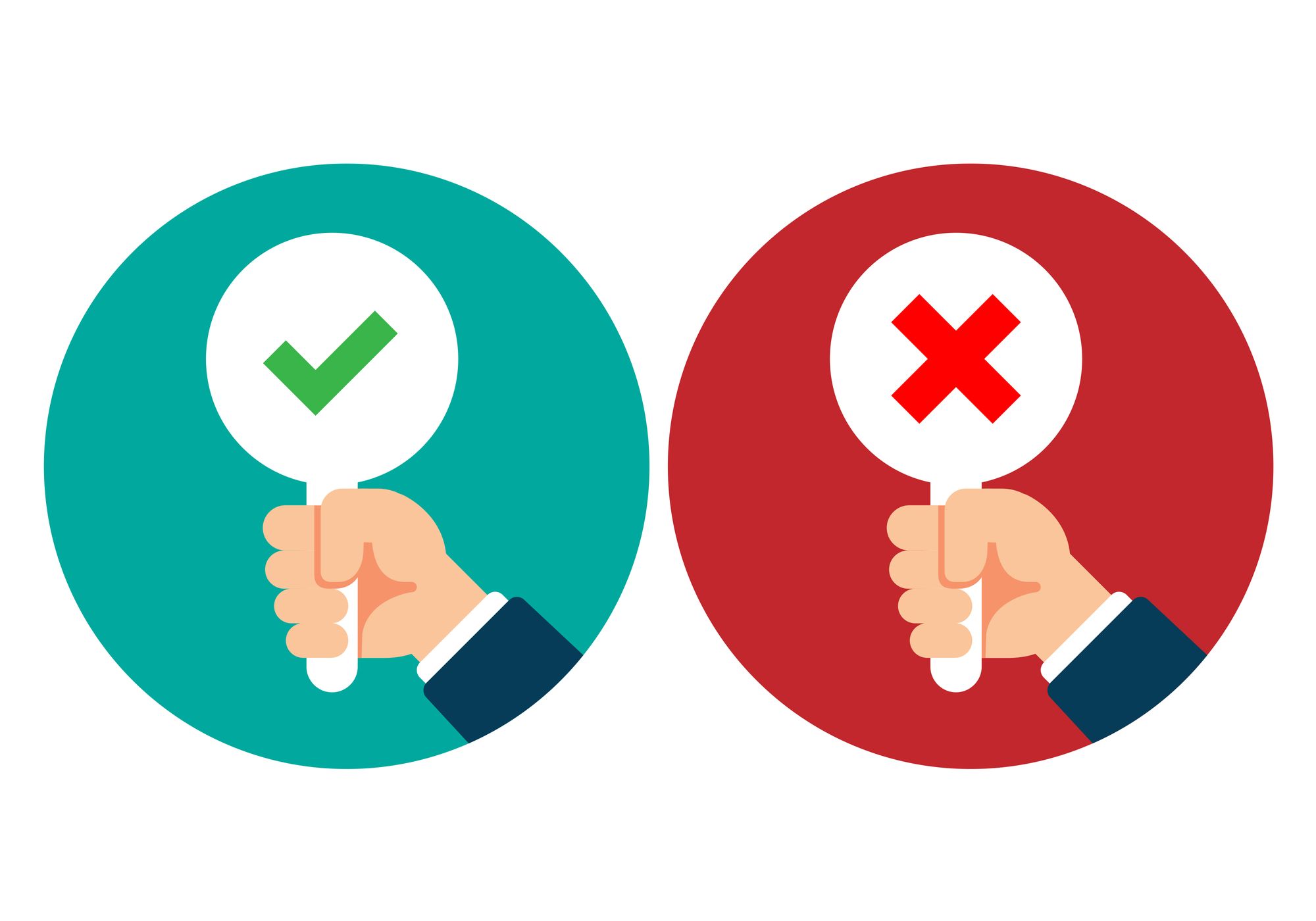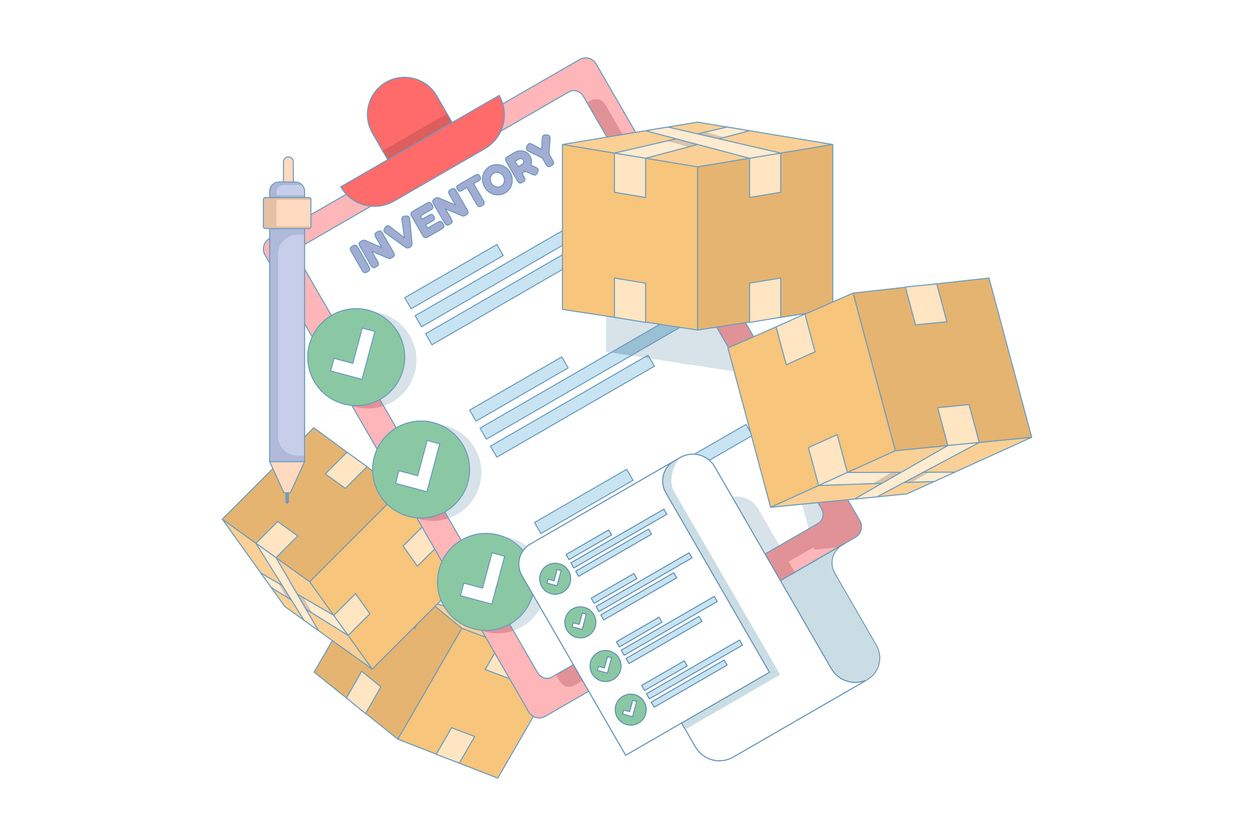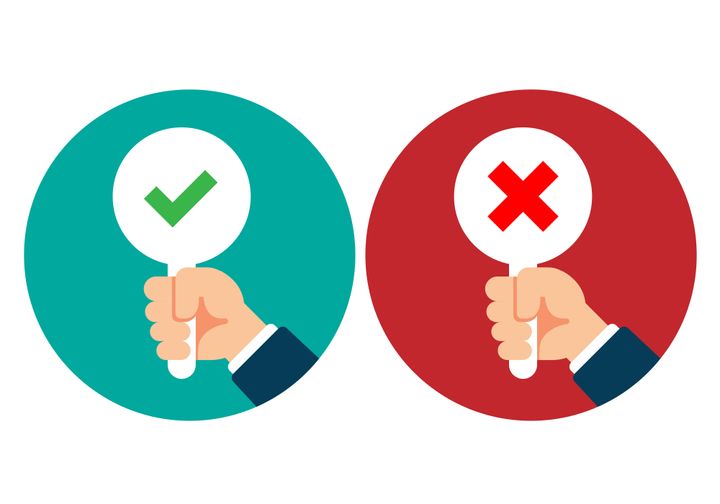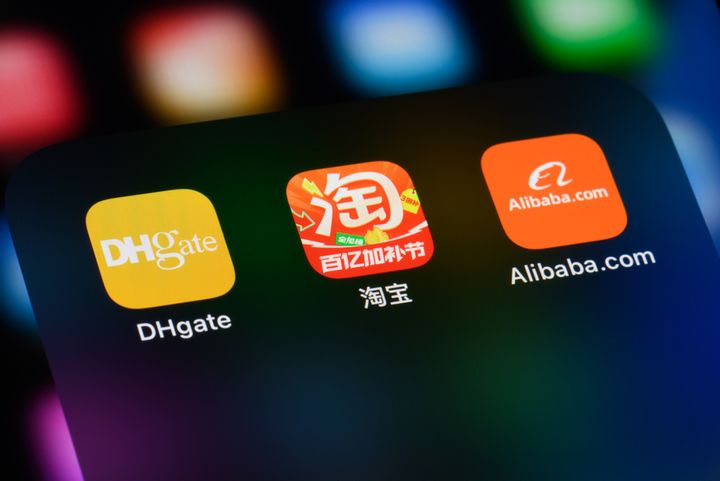What is Multiple Sourcing in the Supply Chain?
Multiple sourcing in the supply chain is a strategic approach of not putting all your eggs in one basket. When one supplier falls short, you’ve got others to rely on, keeping things running smoothly and often even getting better deals.

Multiple sourcing in the supply chain is a strategic approach of not putting all your eggs in one basket. Imagine you’re running a manufacturing business and relying on one supplier for your critical components or materials. Now, if that supplier runs into trouble–whether it’s a production issue or a hike in price–you could find yourself scrambling for sourcing solutions.
That’s where multiple supply chain sourcing shines by spreading the risk around. This means when one supplier falls short, you’ve got others to rely on, keeping things running smoothly and often even getting better deals. It’s like having a backup plan built into your supply chain, allowing businesses to navigate challenges more effectively and adapt to market changes with greater agility.
If you stil want to read about “ What is Multiple Sourcing in the Supply Chain”, this article is for you. It aims to provide you with essential insights to deepen your understanding of manufacturing sourcing and help you determine if it should be a key component of your business strategy.
Understanding Multiple Sourcing in Supply Chain Management
- Definition
In simple words, multiple sourcing in the supply chain means getting your goods and services from several suppliers instead of just one vendor. The primary goal is to avoid dependence on a single supplier, which helps mitigate risks associated with supply chain disruptions, such as shortages or delivery delays.

So, by engaging with multiple suppliers, companies can enhance their supply chain resilience, achieve competitive pricing, and maintain flexibility in their supply chain sourcing.
Global logistics and supply chain companies like BuckyDrop play a big role in this process. They’ve got platforms and tools that link you up with a bunch of different suppliers agent, so managing multiple sources becomes a lot easier. With BuckyDrop, you can streamline your supply chain, keep things running smoothly, and quickly adapt to market changes.
- Comparison With Single Sourcing: Pros And Cons.
Single sourcing, as it states, involves relying on one single vendor for your key component. Though this approach leads to strong relationships and potentially better terms due to volume commitments, the risk of over-dependence on a single source can be problematic.

Quality problems, financial instability, and production delays can limit your ability to maintain a smooth and reliable supply chain plus, you might miss out on better deals because you’re not shopping around.
However, with multiple sourcing solutions, things get pretty interesting. You reduce the risk of disruptions because you’re not relying on just one supplier. It also means you can play suppliers against each other to get better prices and favorable terms. Thanks to a larger resource pool, multiple sourcing helps you get the highest product and service quality at the best possible price.
But this also comes with some challenges. Managing and maintaining a good relationship with multiple suppliers simultaneously can be a bit more complicated, and keeping track of everything might require extra effort.
When Multiple Sourcing Delivers the Best Benefits of Having Multiple Suppliers
Multiple sourcing is particularly effective in scenarios where the supply chain is critical and market conditions are volatile. It shines when:

●Risk mitigation is paramount, such as in industries with volatile supply chains or critical components.
●Leveraging competition is desired to drive down costs and improve quality.
●Innovation is sought, as multiple suppliers can bring diverse perspectives and solutions.
●Geographic diversification is necessary to reduce vulnerability to regional disruptions.
Importance Of Multiple Sourcing In Today’s Global Supply Chains.
In today’s global supply chains, having multiple suppliers isn’t just a nice-to-have; it’s a must.. With all the twists and turns in the business world, building a diverse and flexible sourcing solutions is crucial for handling risks better, save money, improve quality, and make your supply chain more adaptable.
Making the most of multiple sourcing takes a bit of planning and management. It’s about picking the right suppliers, building good relationships, and using smart strategies to get the most out of it.
BuckyDrop makes this whole process easier with its powerful platform. They offer a bunch of tools and a big network of suppliers to help you streamline your supply chain, cut costs, and grow your business.
Benefits of Having Multiple Suppliers
In today’s unpredictable world, businesses need to be ready for anything. That’s where multiple manufacturing sourcing comes in—a strategy that can really help your business stay ahead of the game. Here’s why it’s a smart move.
- Risk Mitigation:
Relying on just one supplier can be a risky business. If something goes wrong—like a natural disaster or a shipment delay—your entire operation could come to a standstill. But with multiple suppliers in your corner, you’re spreading that risk out. If one supplier hits a snag, you’ve got others to pick up the slack, keeping your supply chain interrupted.

Example: Think about a company that gets all its parts from one supplier in an area hit by an earthquake. Production could stop completely. But if they had suppliers in other areas, they could shift orders around and keep things moving without missing a beat.
- Cost Efficiency:
One of the biggest perks of multiple sourcing is how it can seriously cut down costs. When you’re working with more than one supplier, it naturally creates a bit of healthy competition, which can push prices lower.
Suppliers know they’ve got to bring their A-game if they want to win your business, so they’re more likely to offer you the best possible deal when they know they’re up against others.
Example: Take a company that was stuck with one supplier for a key component. They kept getting hit with price increases every year. But when they added a couple more suppliers into the mix, the original supplier lowered their prices to stay competitive. This move saved the company 15% on costs and boosted their profits.
- Flexibility and Scalability:
Markets change fast, and so do customer demands. If your business can’t keep up, you’re in trouble. That’s why having multiple suppliers is so important. It gives you the flexibility to ramp up production when demand spikes, without hitting any roadblocks.

Example: Picture a clothing retailer that suddenly sees a huge demand for a new line of clothes. If they’ve got multiple fabric suppliers, they can quickly increase production and meet demand, avoiding stock shortages. Meanwhile, competitors relying on just one supplier might struggle to keep up.
Challenges of Multiple Sourcing
While multiple sourcing definitely has its advantages, it’s not without its challenges. Juggling multiple suppliers can be tricky, and it’s good to be aware of what you're up against. Let’s dive into some of the main hurdles you might face..
- Increased Complexity:
Managing multiple suppliers can definitely add a layer of complexity to your supply chain sourcing. Instead of dealing with just one relationship, you’ve got several to handle, which means more contracts, deliveries, and chances for things to go sideways.

It’s like juggling a bunch of plates—keeping them all spinning can be time-consuming and a bit of a hassle. If you’re not careful, this extra complexity might lead to communication hiccups or missed deadlines, which can slow things down.
Staying organized and keeping things running smoothly is a challenge, but with good management and clear processes, you can handle it all without too much stress.
- Quality Consistency:
Keeping quality consistent when you’re using multiple suppliers can be a bit of a headache. Each supplier agent might have their own way of doing things, which can lead to differences in what you get from them. Even tiny variations can turn into big issues, especially if your business depends on precise and consistent products.
To make sure everything matches up, you might need to step up your quality checks, do regular audits, and keep a close eye on things. It’s extra work, but it helps keep everything running smoothly and ensures you get the quality you need.
- Potential Cost Increases:
While multiple sourcing can help save money in some areas, it can also bring some hidden costs. Managing several sourcing speacialist means more paperwork and administrative tasks, which could mean needing more staff or spending more time coordinating everything.
Plus, the logistics of dealing with multiple suppliers can get pricey. Organizing deliveries from different places might require more complex shipping arrangements, which can bump up your transportation costs. So, while you’re aiming to cut costs, you’ve got to keep an eye on these potential increases.
Best Practices for Implementing Multiple Sourcing
Multiple sourcing can be a smart strategy but to make the most of it, you really need to approach it thoughtfully. So, when it comes to selecting and managing multiple suppliers, these tips can be very helpful.
Do Your Research:
Just like picking a new team member, you should do some research before you choose suppliers. Ask for references, check their reputation, and see if they’ve got a history of delivering on time and meeting quality standards.
Set Clear Expectations:
Just from the start, make sure to be on the same page with your supplier agent. It means, clearly outlining what you expect in terms of quality, delivery time, and how you want to communicate. This helps avoid misunderstandings down the road.
Keep Communication Open:
Stay in regular contact with your supplier to make sure everything is on track. This way, they are up-to-date with your needs and it helps you address potential issues before they become big trouble.
Build Strong Relationships:
Treat your suppliers as partners and not solely vendors. Spend time to know them, understand their challenges, and work together on collaborative problems. Apparently, good relationships lead to better service and even some perks, like better pricing or faster delivery.

Regular communication is crucial. Keep your suppliers informed about your business plans and any changes in demand. This way, they can plan better and make sure they’re ready to meet your needs. Also, think about offering incentives for great performance, like giving them preferred supplier status or longer contracts. It’s a good way to encourage them to go the extra mile for you.
Diversify Your Sources:
Don’t rely on just one supplier. By having a few from different areas or backgrounds, you’ll be more resilient to disruptions. If one supplier falls short, you've got others to fall back on.
Balance Quality, Cost, And Reliability:
Getting the right balance between quality, cost, and reliability is crucial for healthy business operations. While it’s good to have suppliers that save you some cost, however, try not to cut corners on quality and reliability.
One effective approach here is to tier your suppliers based on their strengths. For example, you might rely on one supplier for high-quality, critical items, while another handles less critical, cost-sensitive stuff. This helps you balance your priorities without compromising on what matters most.
Evaluate and Adjust:
Regularly review your supplier strategy and make changes as needed. If a supplier isn’t meeting your expectations or if your needs change, be ready to tweak your list to keep things running smoothly.
How BuckyDrop Supports Multiple Sourcing Strategies
In the world of supply chain management, getting in touch with multiple suppliers can be a real challenge. That’s where Buckydrop comes in, helping businesses effectively implement and manage multiple sourcing strategies.
Introduction to BuckyDrop
Buckydrop is a game changer when it comes to simplifying and optimizing the entire supply chain process. This all-encompassing ecommerce manager links global businesses to an extensive network of suppliers in China, facilitating the management of various sourcing strategies. We aim to transform the e-commerce landscape with a new cross-border model that is both efficient and easy to use.
This platform is committed to aiding businesses in navigating the intricacies of today’s supply chains, ensuring they remain organized and responsive.
Our dedicated team offer comprehensive assistance for store setup, marketing and sales operations, warehousing & global logistics sevices as well as customer service all-in-one. It eradicates all operational problems in just a click, so you can begin to have your business functioning efficiently.
In essence, Buckydrop serves as a bridge between businesses and their suppliers, enhancing collaboration and maximizing the potential of your diverse sourcing strategies.
Here’s How Buckydrop Enhances Multiple Sourcing Strategies
1.Simplified Supplier Management:
BuckyDrop makes juggling multiple suppliers agents super easy. Their platform lets you track and manage all your suppliers from one spot. You can keep an eye on performance, place orders, and handle communication without bouncing between different systems.
2.Efficient Dropshipping:
If you want to scale up quickly without holding a ton of inventory, BuckyDrop’s dropshipping platform is such a game-changer. The platform takes you to lots of different suppliers, so your store can stock multiple products — and pay for them only when a sale is made. This is a flexible way to manage the range of demand you receive and your supply chain.

3.Robust Supplier Network:
With BuckyDrop, you get access to a huge network of suppliers. This helps you find reliable partners from different regions, cutting down the risk of supply chain troubles. You can compare suppliers, negotiate better deals, and make sure you’re getting the best terms.
4.Streamlined Order Management:
Managing orders from multiple suppliers can get messy, but BuckyDrop sorts it out. Their platform automates order placement, tracks shipments, and manages inventory. This keeps things running smoothly and reduces the chances of mistakes.
5.Real-Time Insights:
BuckyDrop provides real-time analytics so you’re always up to date on how your supply chain is performing. You can keep track of key metrics, spot potential issues, and make smart decisions based on data.
6.Customizable Solutions:
No matter the size of your business, BuckyDrop’s global logistics services can be customized to fit your needs. You can tweak the tools and features to match your sourcing strategy, making it easier to manage multiple suppliers effectively.
Conclusion:
To wrap it up, managing your supply chain effectively means being ready for anything. That’s where multiple sourcing solutions come into play. By working with a range of suppliers, you can handle risks better, keep costs in check, and boost your supply chain’s overall performance.
Having multiple sources means you’re less likely to be thrown off by disruptions or supply issues. It also gives you more room to negotiate better deals and stay agile with changing market demands.
As the supply chain game keeps evolving, using multiple sourcing is a smart move. It helps you build a stronger, more flexible supply chain that can keep up with the fast pace of today’s world.
Are you ready to transform your supply chain? Explore BuckyDrop's solutions today and experience the difference.



